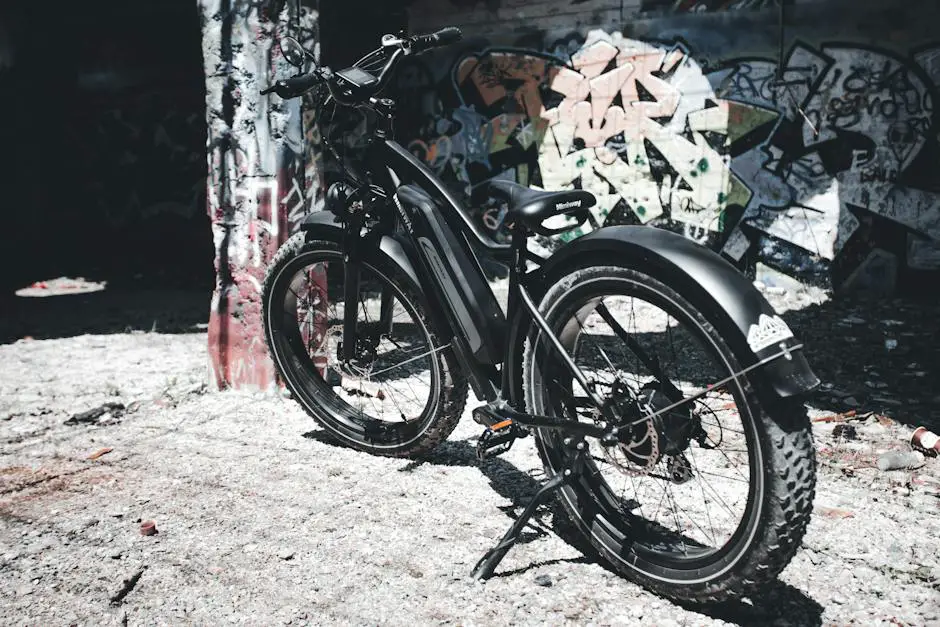Every electric skateboard enthusiast understands the pure exhilaration that this pastime delivers, but also knows that maintaining peak battery performance for these powerful boards is the utmost in gratifying rides. With a greater understanding of battery capacity, optimal charging practices, and ideal methods for maintenance and storage, users can significantly extend the operational longevity of their electric skateboard batterie. This hinges not only on grasping the core concept of how the capacity of a battery informs its life, but also how rider weight and terrain can significantly affect it. By harnessing the power of this knowledge, riders can ensure their skateboarding escapades are not unnecessarily cut short.
Understanding Battery Capacity
Understanding the Role of Battery Capacity in Electric Skateboard Battery Life
Skateboarding evolved into a beloved global pastime over the past decades. With the ever-advancing technical and scientific innovations, the humble skateboard has transformed into an electric transportation marvel. The heart of this magic lies in electric skateboard batteries, especially their ‘capacity’—an aspect we’ll delve into today.
When it comes to the battery life of an electric skateboard, capacity can be thought of as the powerhouse—the fuel that keeps our fantastic ride going. In simple terms, battery capacity refers to the total amount of energy stored within a battery and is often measured in milliamp hours (mAh). The larger the number, the more ‘fuel’ the battery has, and the longer its life is.
For example, a battery with a capacity of 5000mAh can provide 1000mA for five hours or 500mA for ten hours, and so on. Hence, the relation between the capacity and battery life is not linear but proportional to the usage and power demand.
Working much like a fuel tank in a car, the battery capacity determines just how far you can travel before needing a recharge. Naturally, a higher capacity battery will cover more distance, enhancing your electric skateboarding adventure. However, keep in mind that the range is influenced by other factors like the rider’s weight, terrain type, speed, and the motor’s efficiency.
Is a high capacity battery always the best choice? Not necessarily! Higher capacity batteries are typically larger and heavier. This might affect mobility and the overall weight of your electric skateboard. If you’re looking for a lightweight set-up for quick maneuvers and tricks, a smaller capacity battery might be a better fit — albeit with a shorter range.
Charging habits also play a critical role. Unlike a car’s fuel tank, a battery has a life span commonly measured in charge cycles. A cycle is calculated from 100% charge to 0 and then back to 100%. So, regardless of capacity, if poorly managed, a battery can wear out quicker. It’s advisable to keep the charge between 20% and 80% to extend the battery’s life.
In conclusion, your electric skateboard battery life significantly depends on its capacity, similar to how far a car can travel without refuelling depending on the size of its fuel tank. It’s important to consider your specific needs and habits when choosing a battery capacity. Whether you fancy long cruises or quick stunts, understanding this crucial component can help you customize your e-skateboard experience for maximum enjoyment.

Optimal Charging Practices
The More You Know: Unraveling the Complexities of Electric Skateboard Batteries
Welcome, electric skateboarding mavens! It’s time to delve deeper into the heart of our beloved boards – the battery – and explore some technical terrain that some might overlook, namely voltage and amp hour (Ah) considerations.
Voltage is a crucial aspect when it comes to electric skateboard batteries. Simply put, voltage, measured in volts (V), indicates the electric force that a battery can deliver. One might say, ‘the higher the voltage, the faster the ride’. Although somewhat true, it’s not that straightforward. Yes, higher voltage batteries can lead to greater top speeds, but they also expose your components to more potential stress.
Higher voltage often necessitates more cells in the battery pack, which can lead to a bigger, heavier skateboard. This might not be the preference for urban riders who prize portability, especially when popping into a coffee shop or carrying their board on public transport. The extra weight could be a limitation for some riders.
Moreover, the motor you choose can significantly affect the battery’s voltage requirements. For instance, some motors run more efficiently on lower voltage, translating into more range. A well-matched motor and battery combination will make for smoother rides and ensure that neither component is put under unnecessary strain.
Just as battery capacity, measured in milliamp hours (mAh), determines how long a battery will last, amp hours (Ah), a broader measure of capacity, play a comparable role. Ah units give electric skateboard enthusiasts a better estimate of how much “juice” their ride has. Remember, a larger Ah capacity will provide more energy over a longer period, but it also means carrying around a heavier battery pack – once again, a potential disadvantage for lighter riders or shorter commutes.
Another term you skate-tech aficionados might come across is ‘series’ and ‘parallel’ – a measure of how the cells within your battery are configured. ‘Series’ increases voltage while ‘parallel’ raises capacity, giving you more range. This configuration has a direct consequence on your board’s performance and riding experience, based on your individual requirements and preferences.
Battery maintenance also forms a key component of your ride’s lifespan. Most electric skateboard riders can either trickle charge or fast charge their batteries. While the former prolongs your battery’s life, the latter can come in handy when you need a quick power boost.
In wrapping up, one must remember that every element of your electric skateboard matters. The type of battery, the voltage and Ah it can deliver, the way it’s cared for – all feed into the thrill of e-skating. But understanding the ins and outs of battery performance ensures a smooth and sustained ride. It’s not just about capacity. Voltage, battery configuration, and maintenance all play essential roles in your board’s performance and lifespan. So next time you glide across town, you’ll not only be riding – you’ll be riding with knowledge. And that, fellow electric skateboard enthusiasts, is an unbeatable combo!

Maintaining and Storing the Battery
Moving from the underlying principles of electric skateboard batteries, let’s talk about how to take care of these power packs to ensure they serve you longer.
First up, it’s extremely vital to keep the battery away from extreme temperatures. Heat can lead to expansion and subsequent rupture, while cold temperatures can hinder the chemical reactions that produce power. Ensure the battery is stored in a room-temperature environment. Expose it to either extreme, and you may start noticing a decline in battery capacity and overall life span.
A point on overcharging – it’s a complete no-no! Electric skateboard batteries possess specific charge ceilings, beyond which you risk damaging the cells significantly. This leads to a decreased total charging capacity over time. To avoid this, try to only charge your battery when it’s nearly empty and unplug it once it reaches full capacity. This might be inconvenient at times, but it is a small price to pay for enjoying a long-lasting battery.
When it comes to storage, always power down your skateboard completely to prevent a continuous drain on the battery, which will diminish its life over time. Additionally, if you won’t be using your skateboard for an extended period, it’s best to store the battery at around a 40%-60% charge. A full charge or total discharge can cause the battery to lose capacity quickly when not in use.
In line with this, remember to exercise your battery regularly. Just like us humans, batteries stay healthy with regular use. If your skateboard sits untouched for weeks or months on end, the battery’s functionality can degrade. So even if you’re not actively using your skateboard, take it for a spin periodically to help keep the battery in shape!
Maintenance and upkeep of the electric components of your skateboard also play a crucial role in battery longevity. Keep an eye on the battery connections. Loose or corroded connections can lead to excess heat and energy wastage, putting unnecessary stress on the battery. Occasionally cleaning the contacts with a damp cloth and ensuring they are secure can help mitigate this.
Finally, always monitor your battery’s health. While all batteries degrade over time, an abrupt decline in function or capacity could indicate a problem. Regularly checking on the health of your battery will give you a heads up about its overall condition, helping you anticipate issues and take necessary corrective measures.
Infusing these simple tips into your routine can go a long way in maximizing the life of your electric skateboard battery. Remember, your skateboard is as good as its battery, and as a rider, your goal should be to get the most out of your ride, which begins with proper battery maintenance and storage. Be wise, ride safe and keep rolling!

By diving deeply into the relationship that exists between battery capacity and battery life, adopting feasible and efficient charging practices and understanding the effect of proper maintenance and storage conditions, every user has the capacity to delve into and fully enjoy the globe-trotting adventures that a robust and long-lasting electric skateboard battery promises. Cruising through the sweeping hilled streets or slaloming between urban obstacles should never be hindered by a lack of power. With insights gained, any electric skateboard enthusiast can look forward to more uninterrupted rides and sheer freedom under their wheels, proving that the secret to an electrifying skateboarding journey does indeed lie in battery optimization and preservation.

